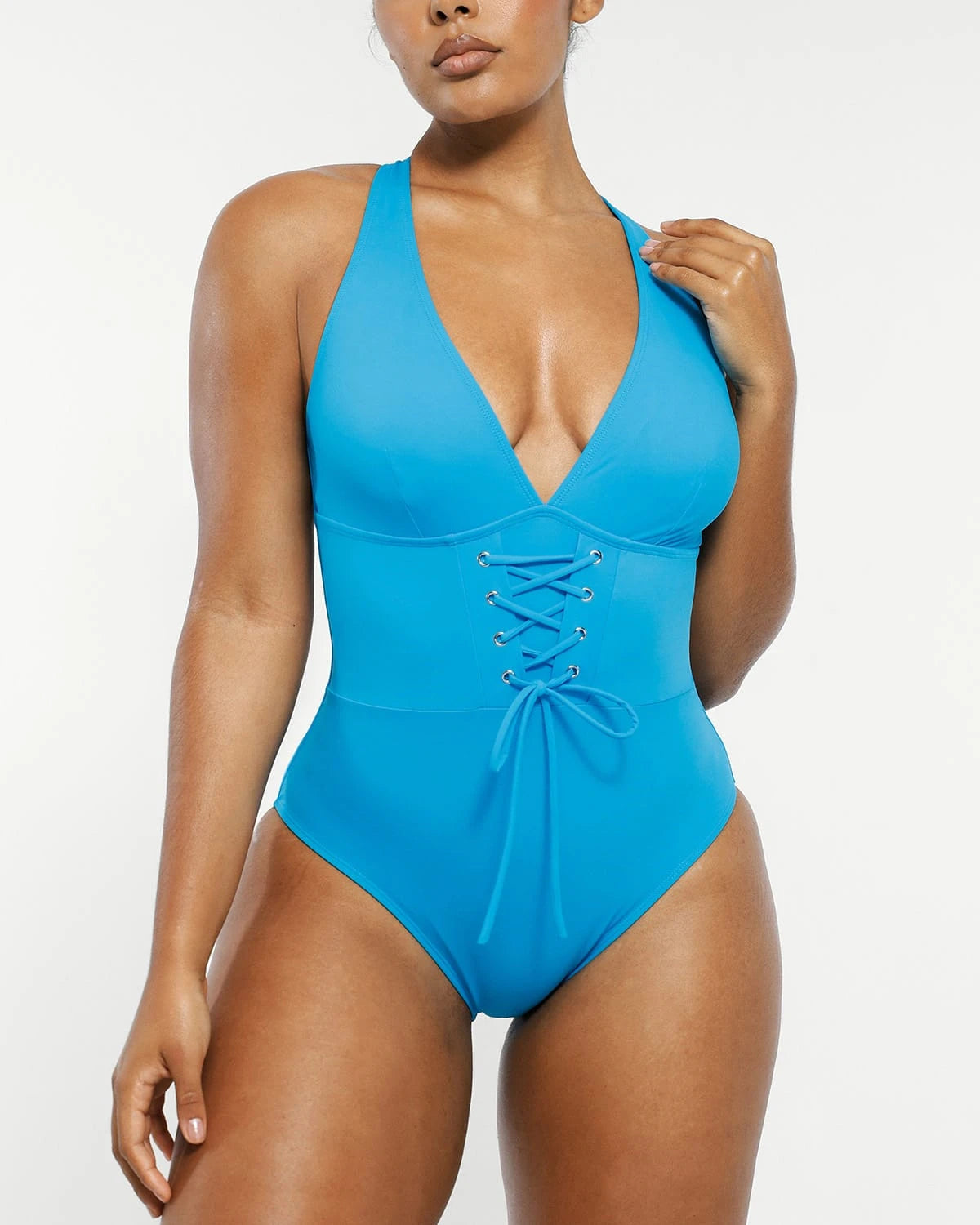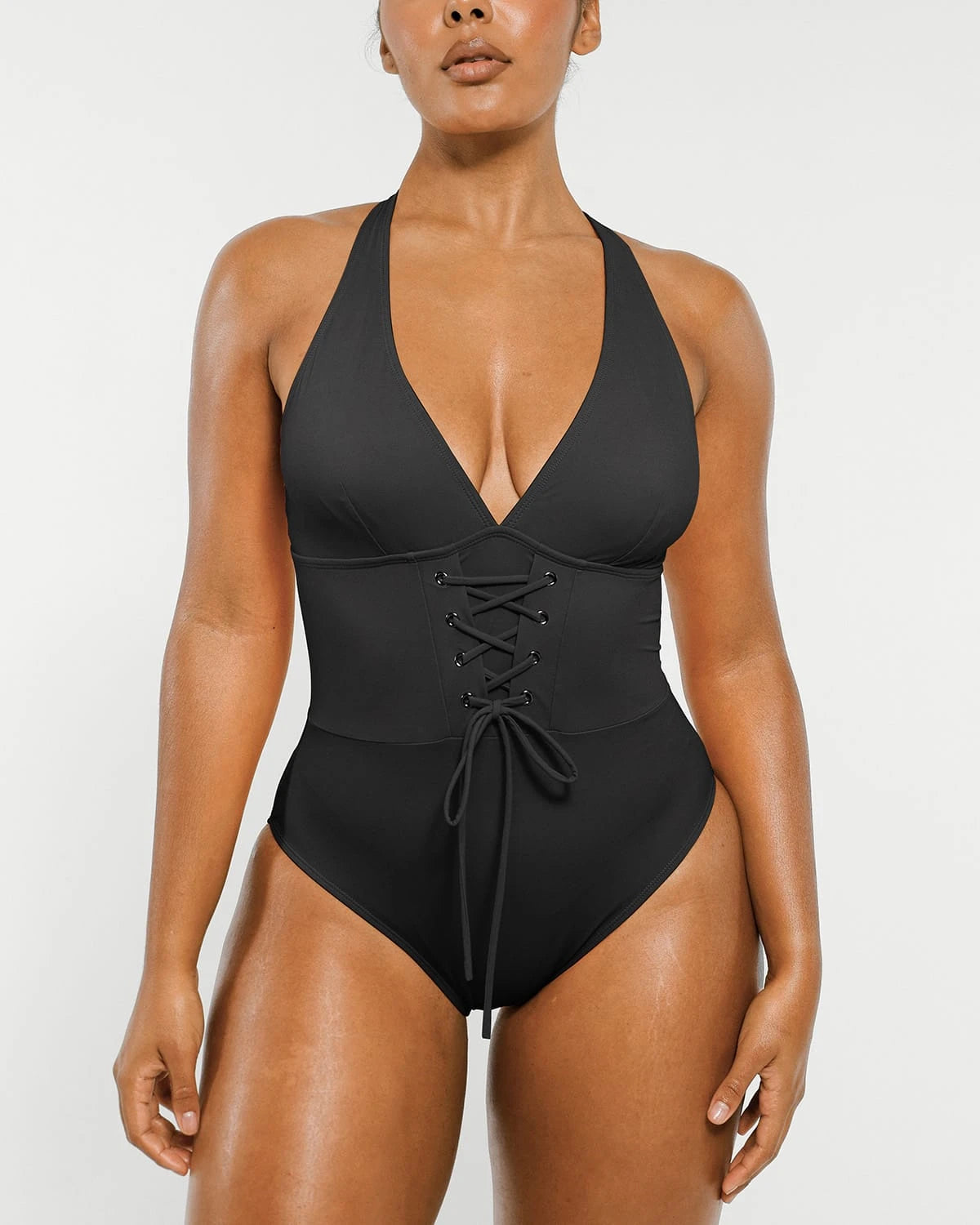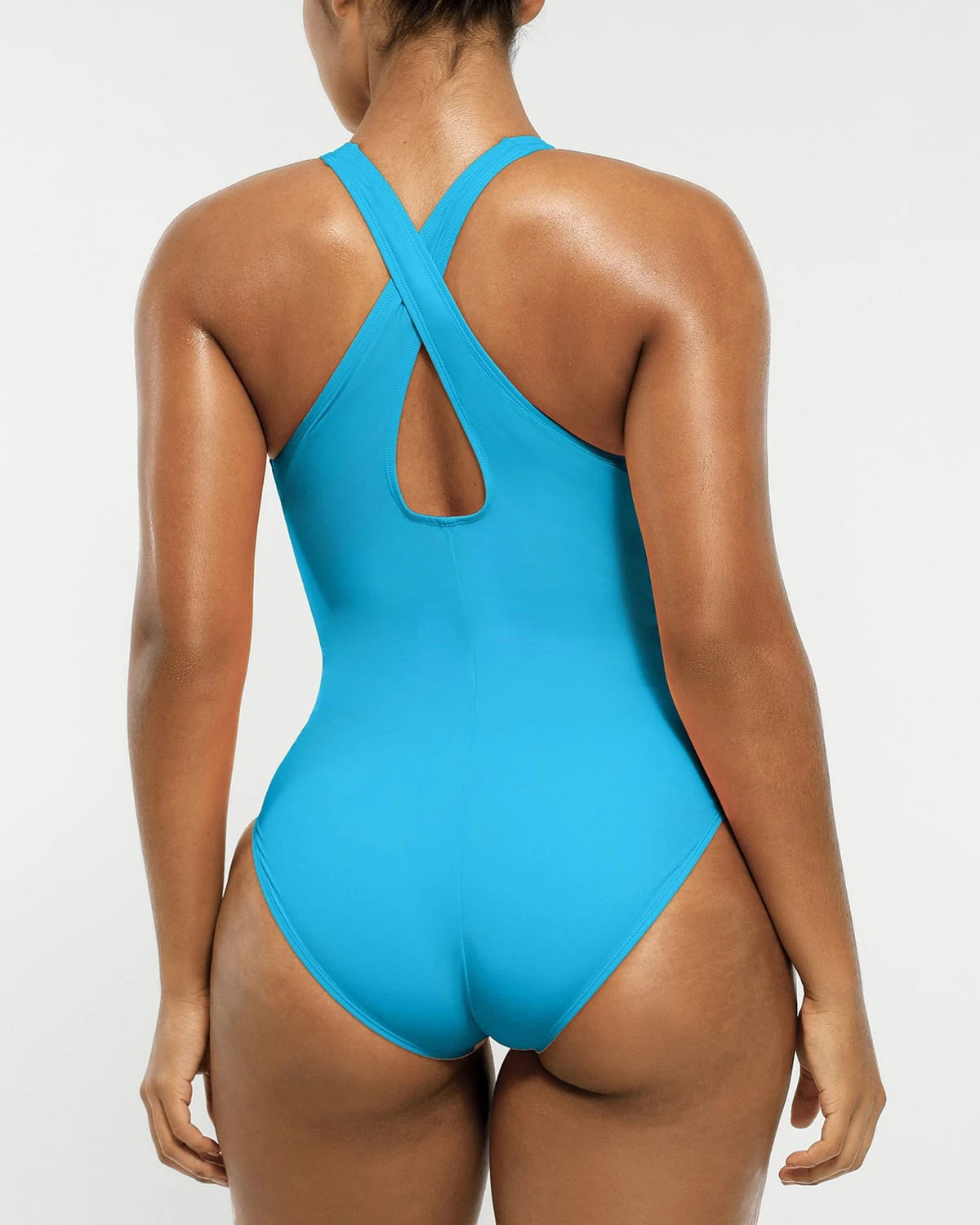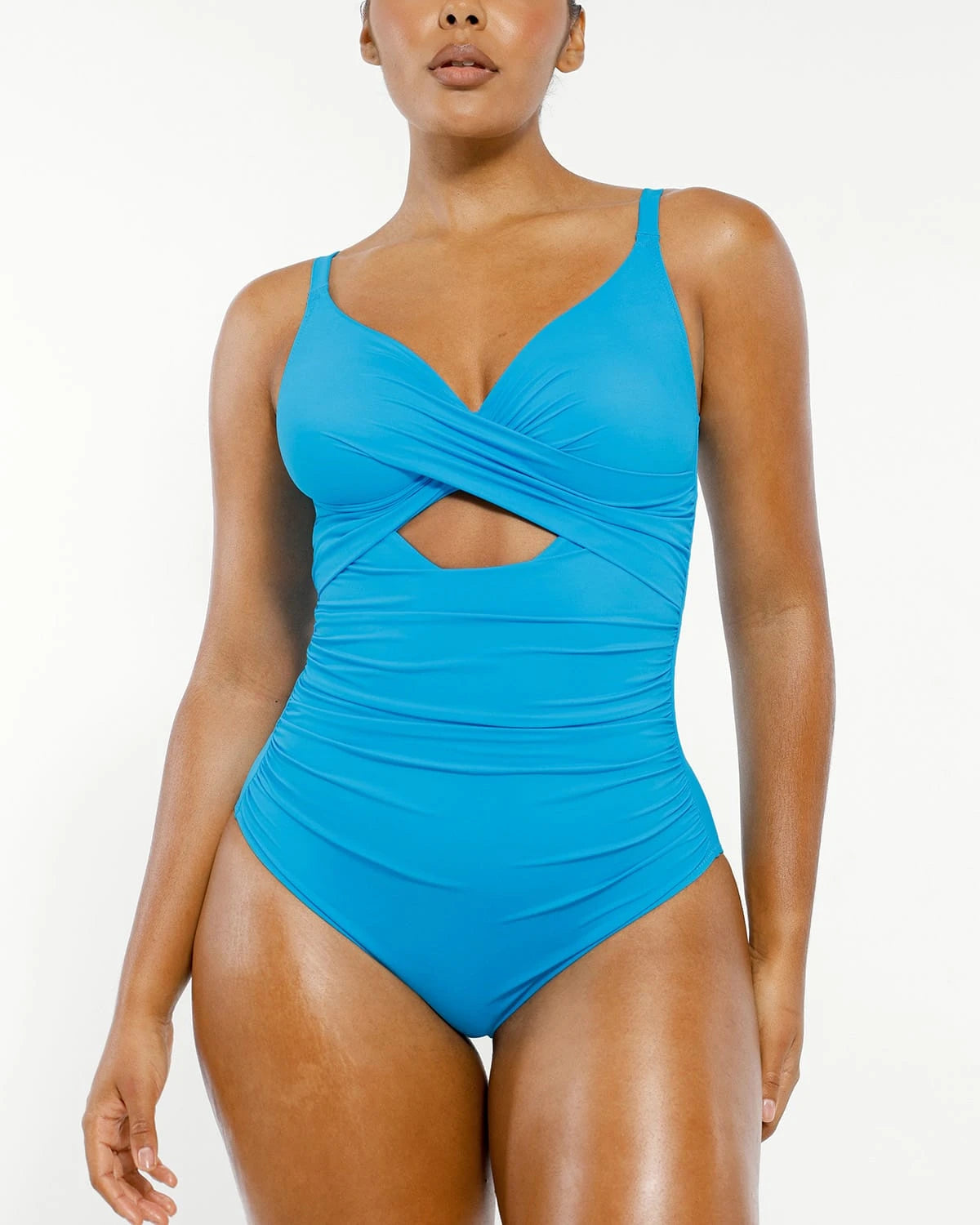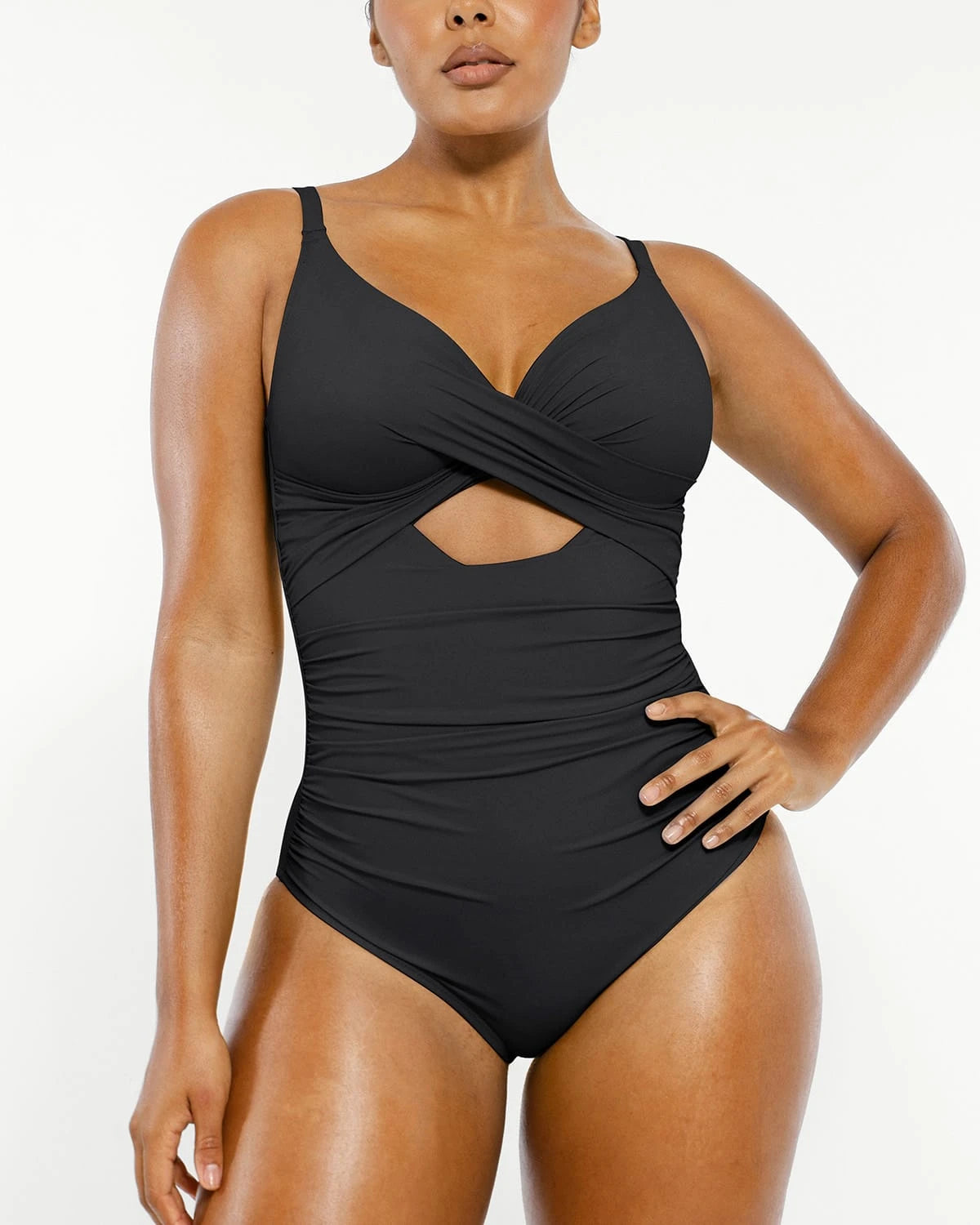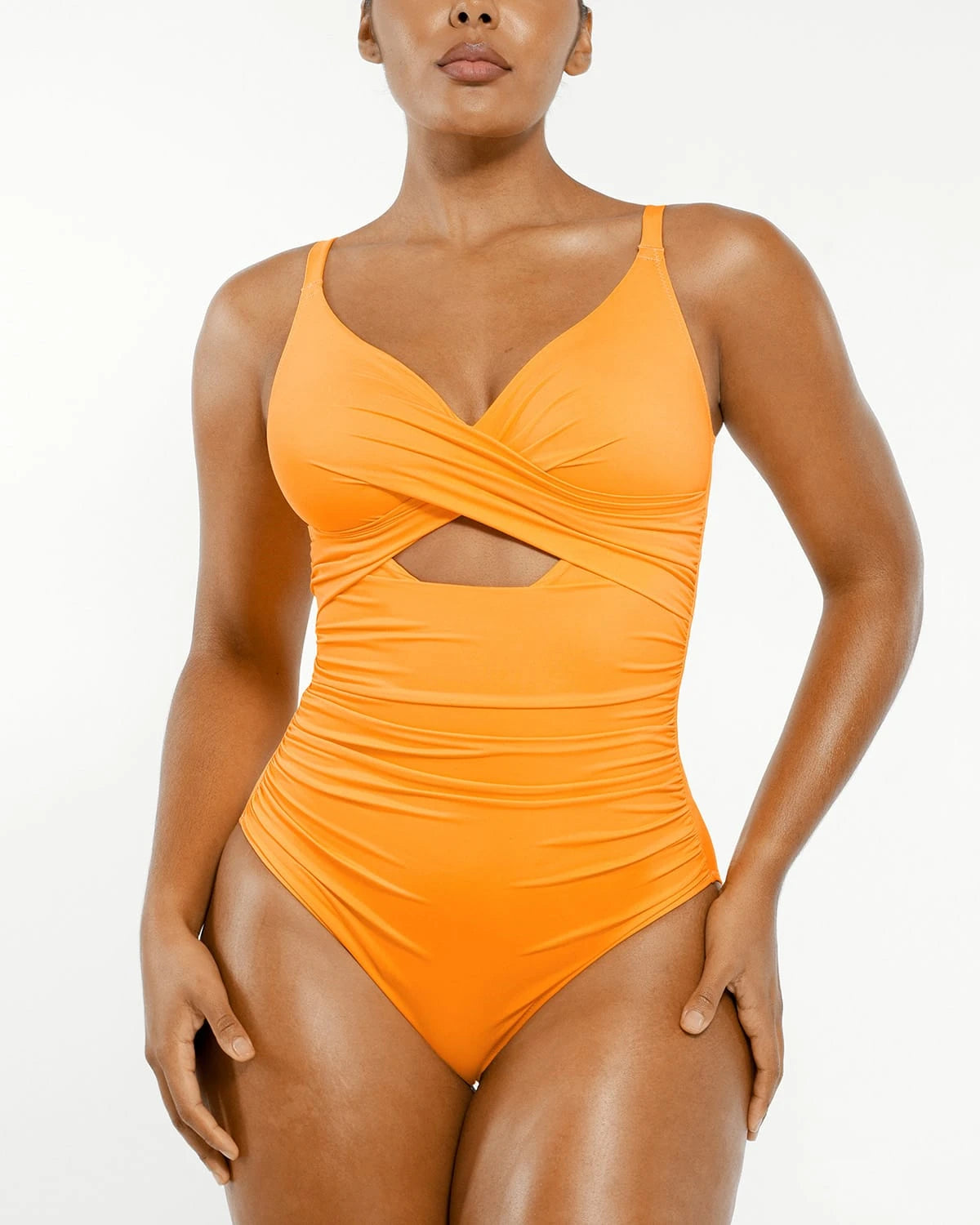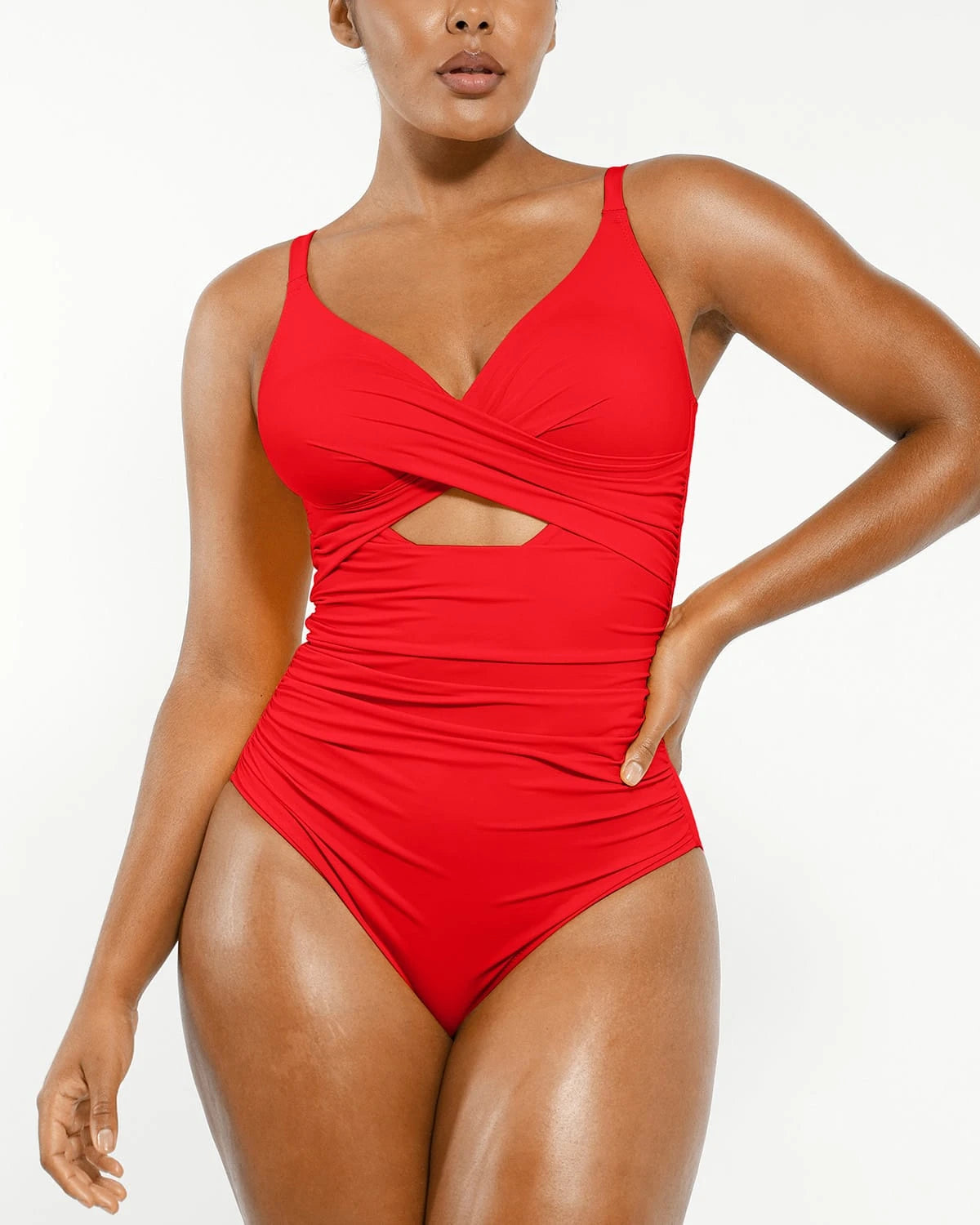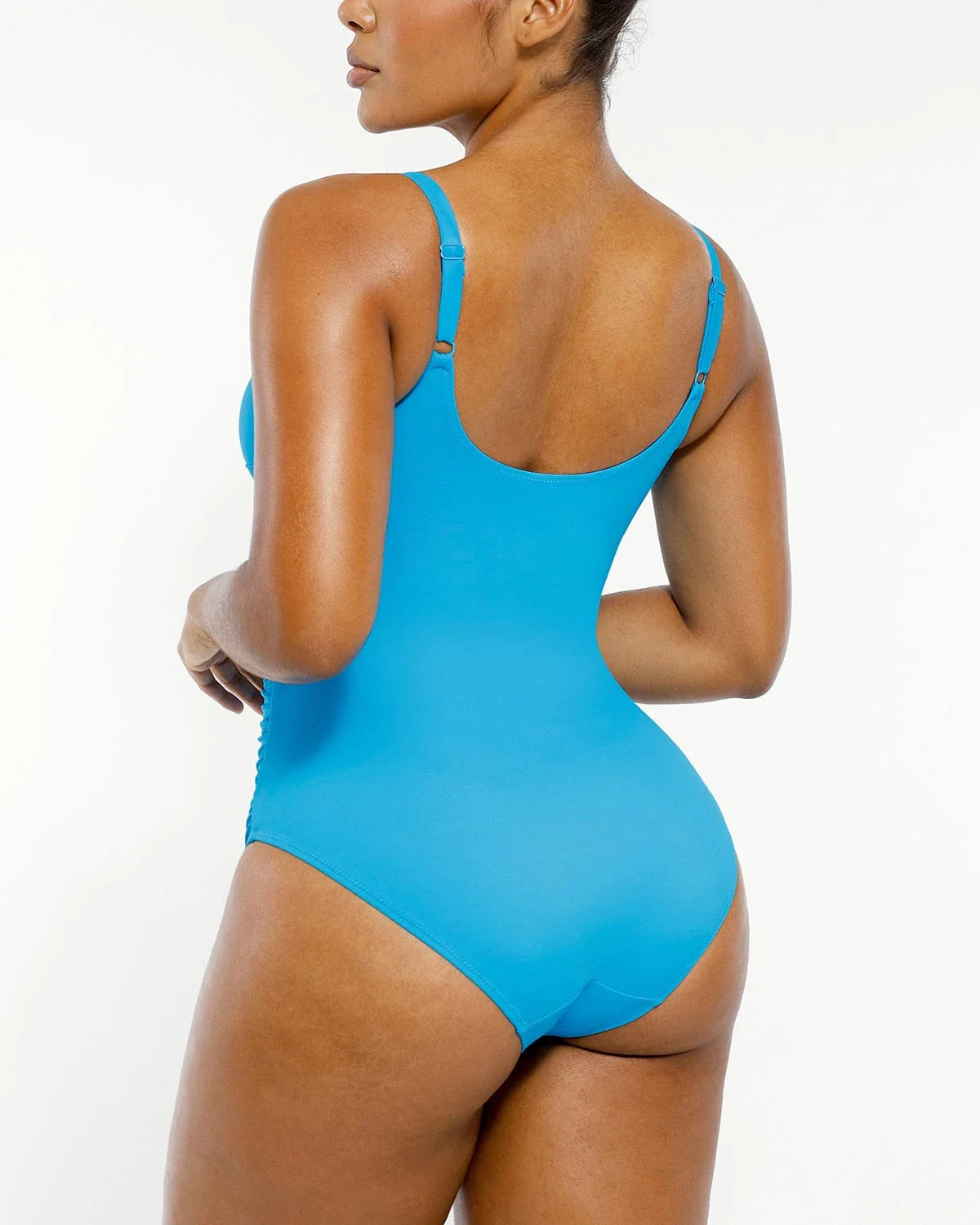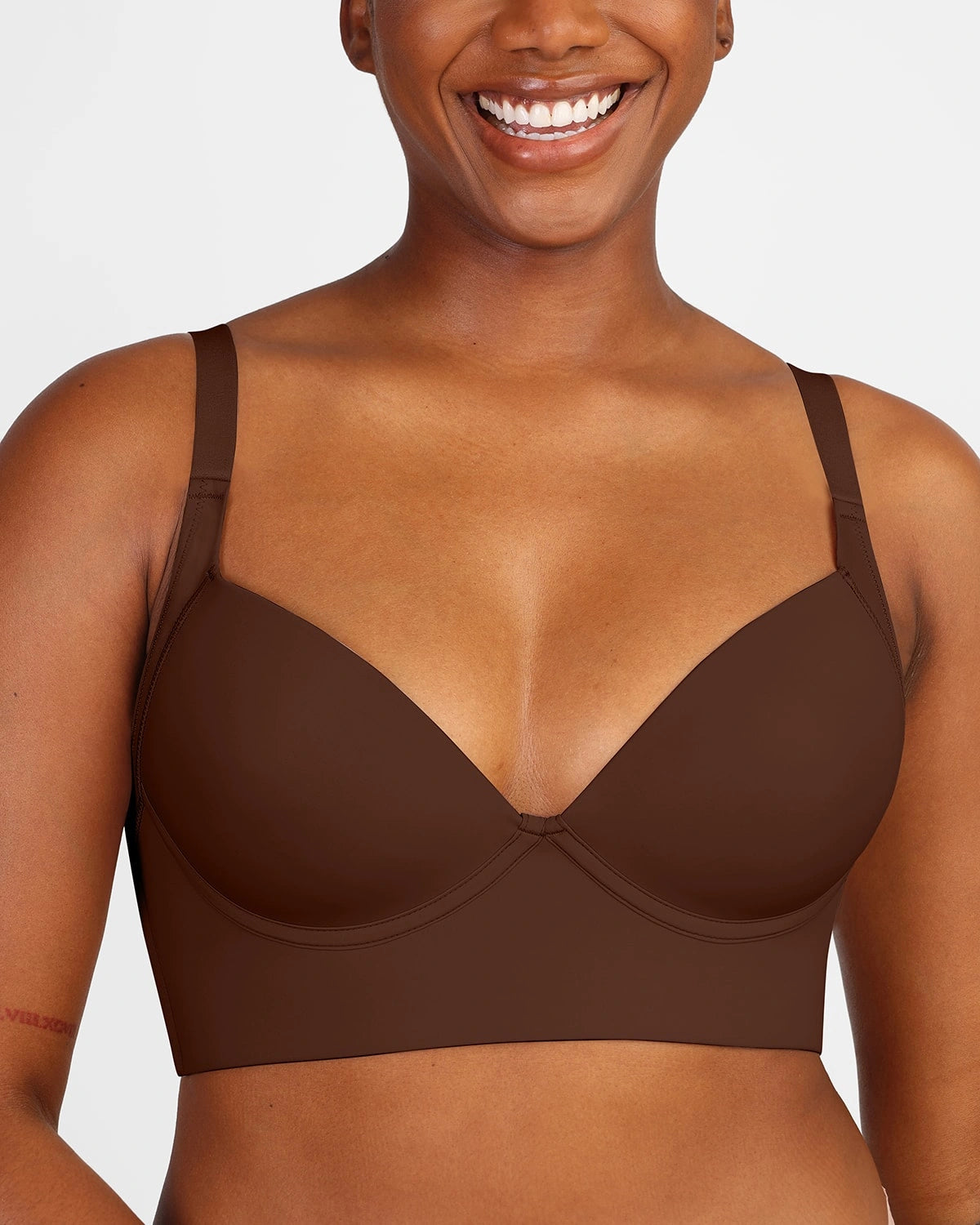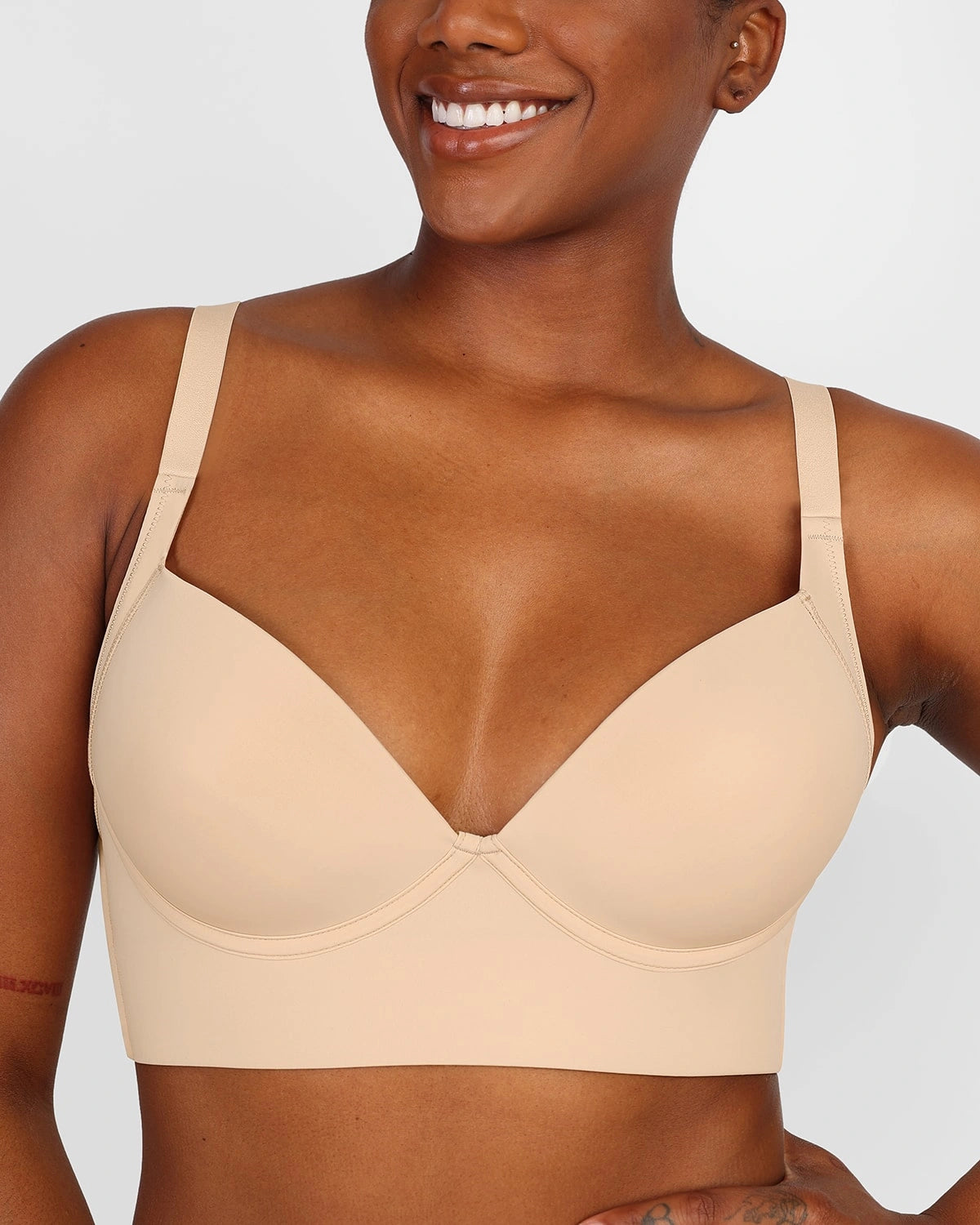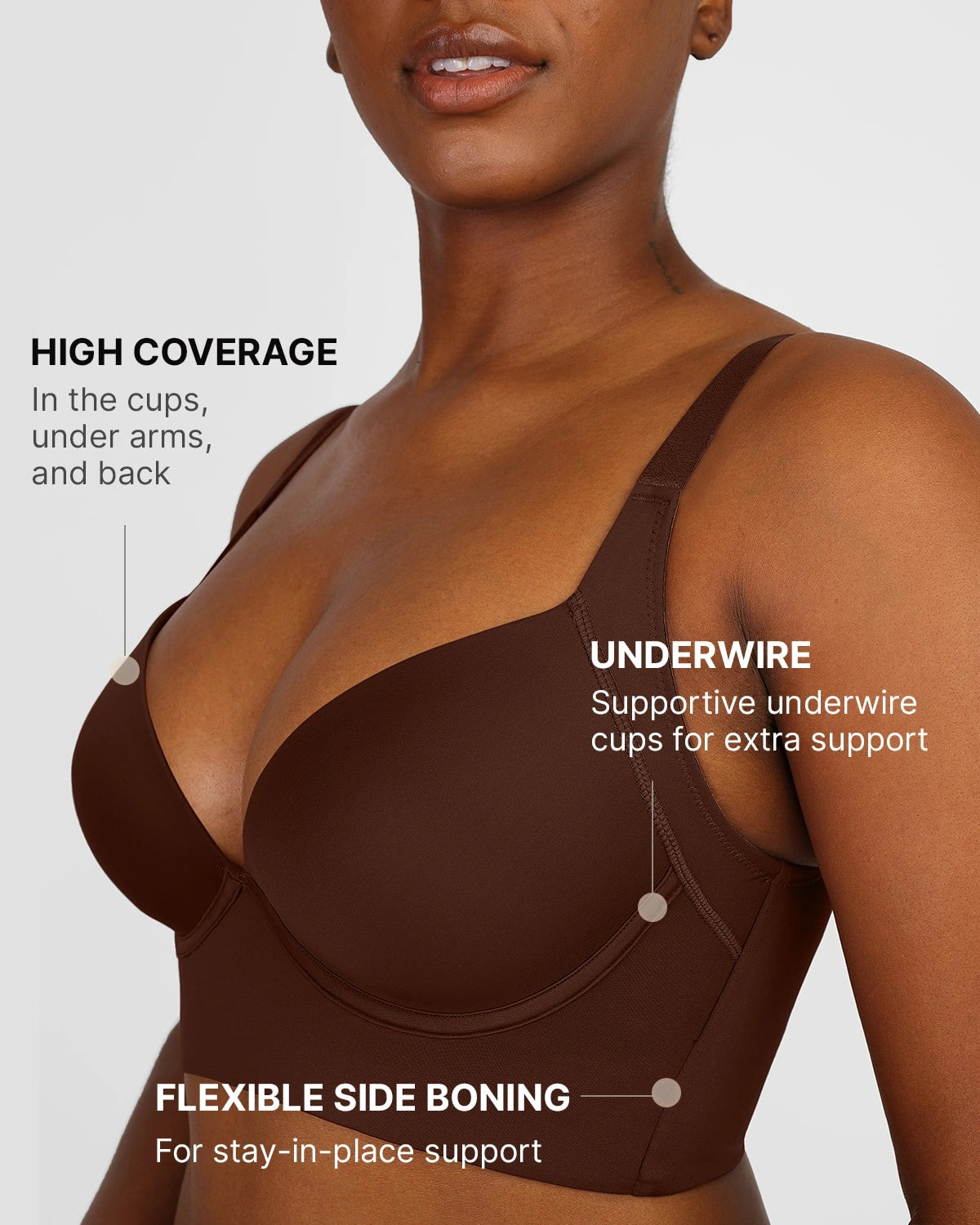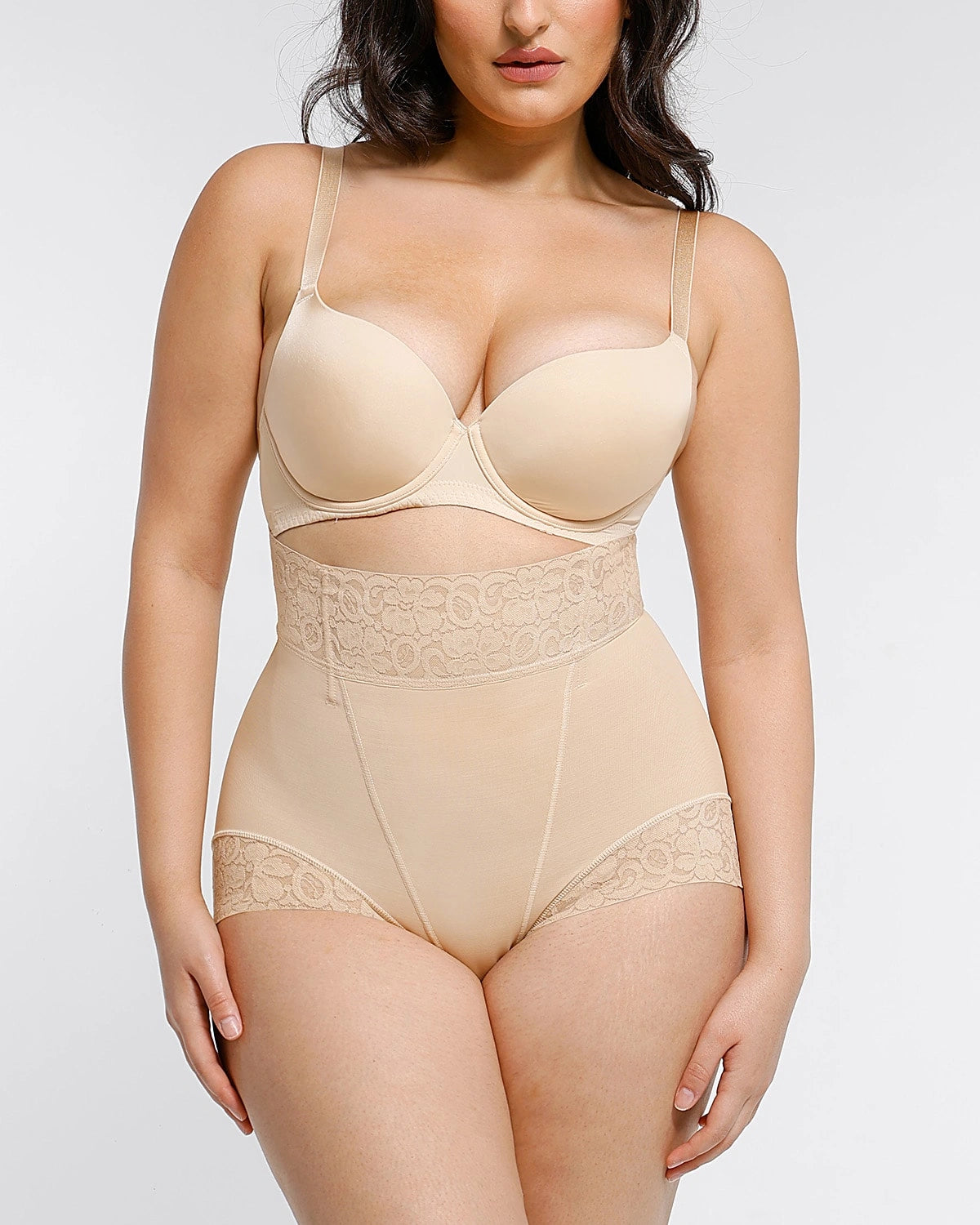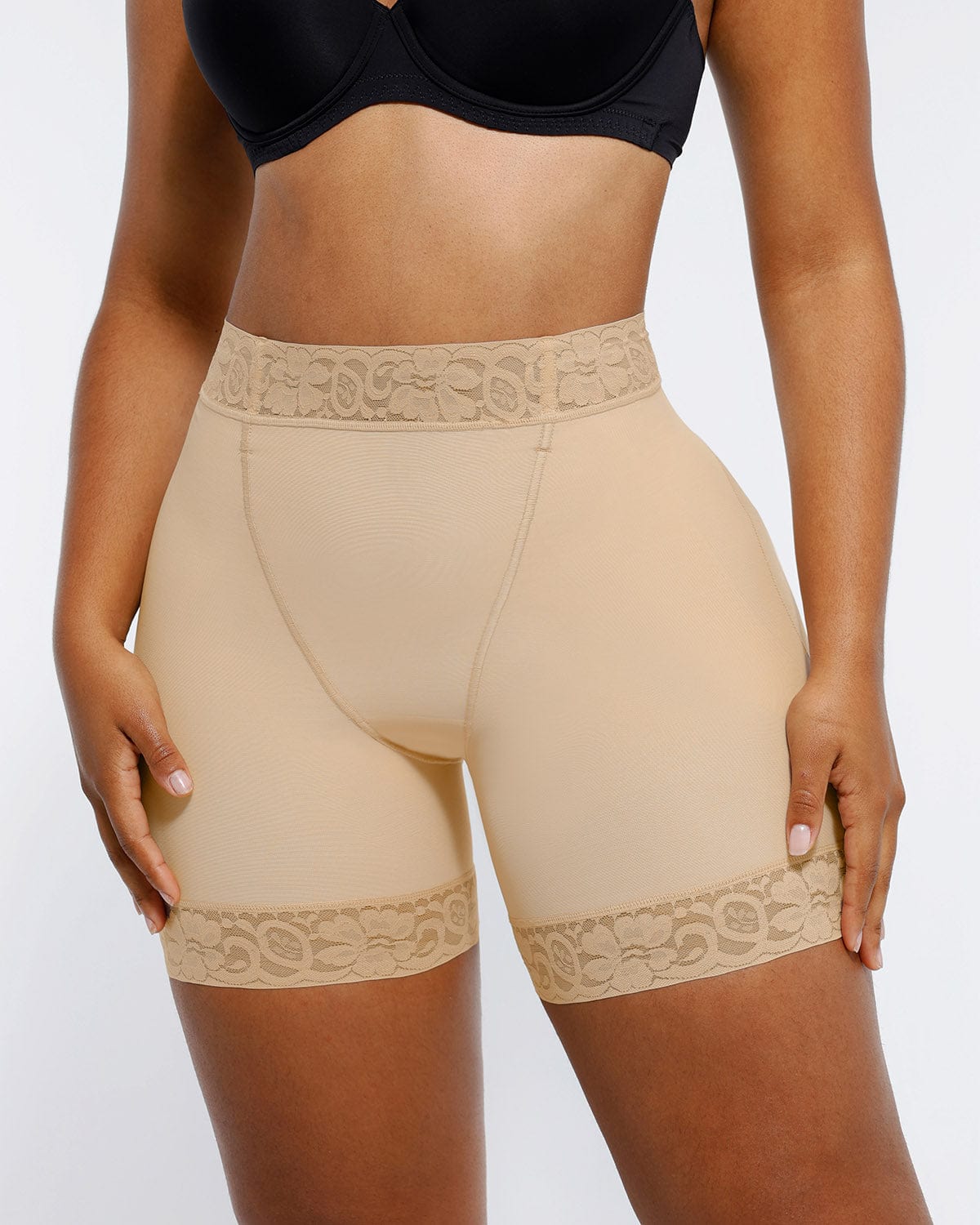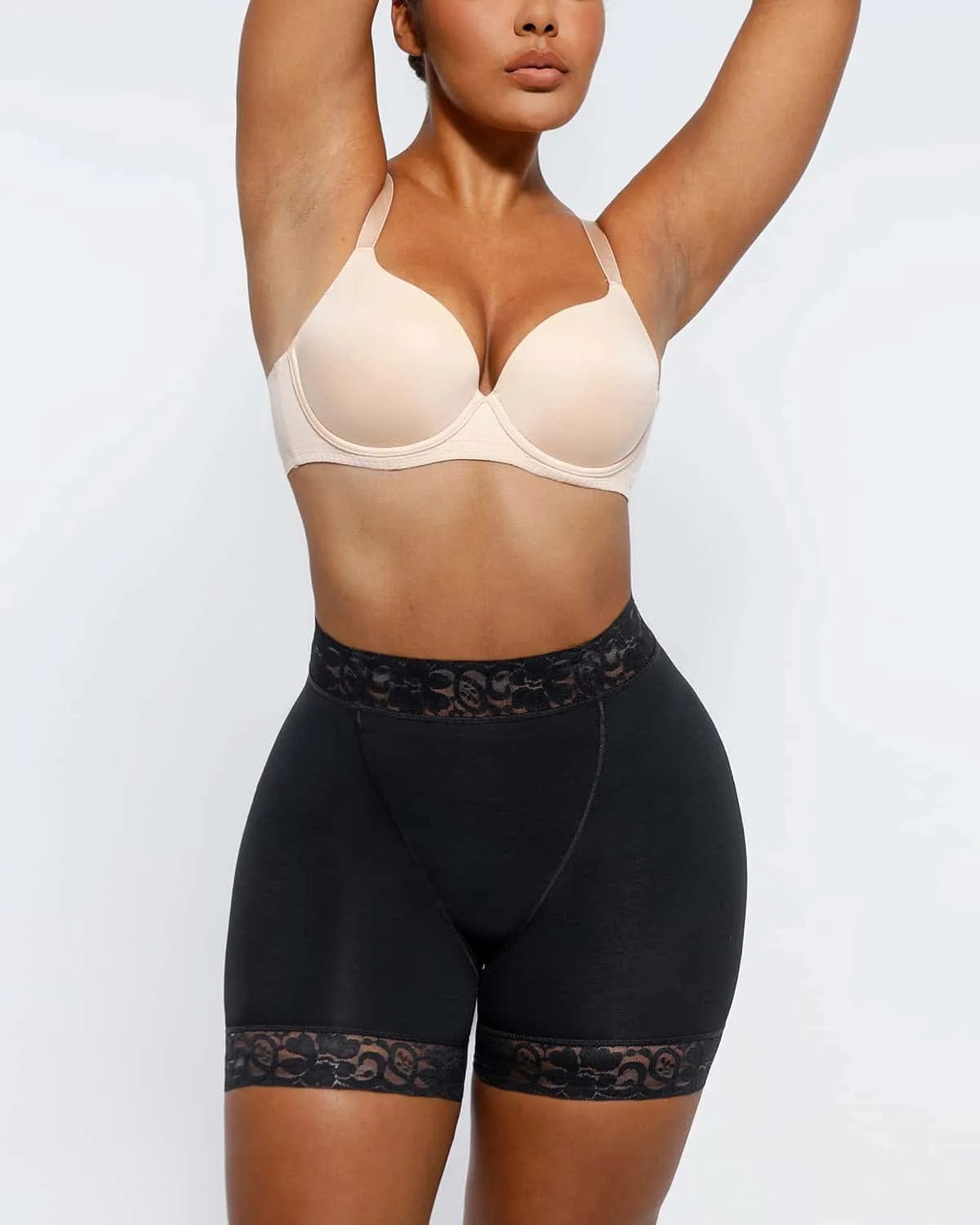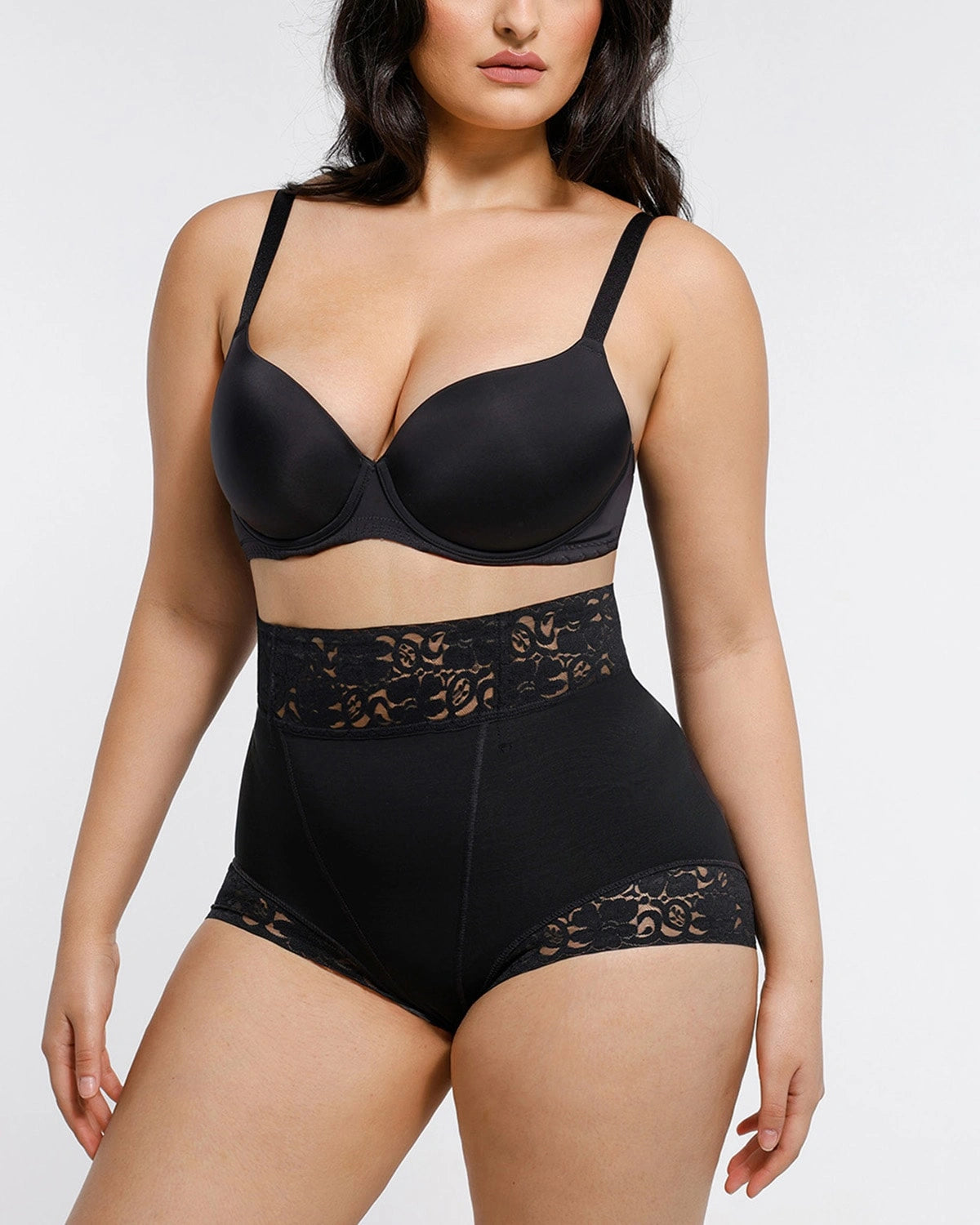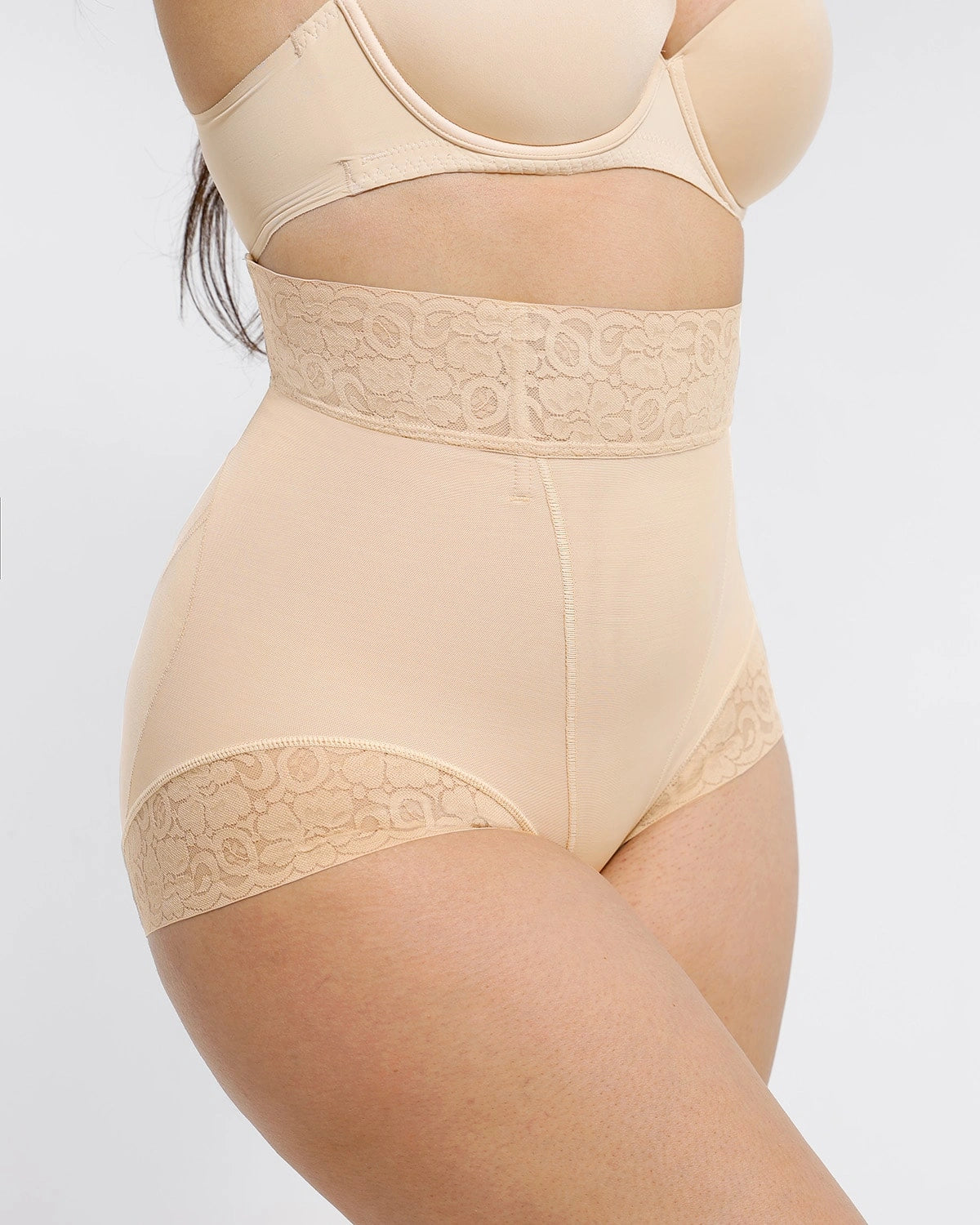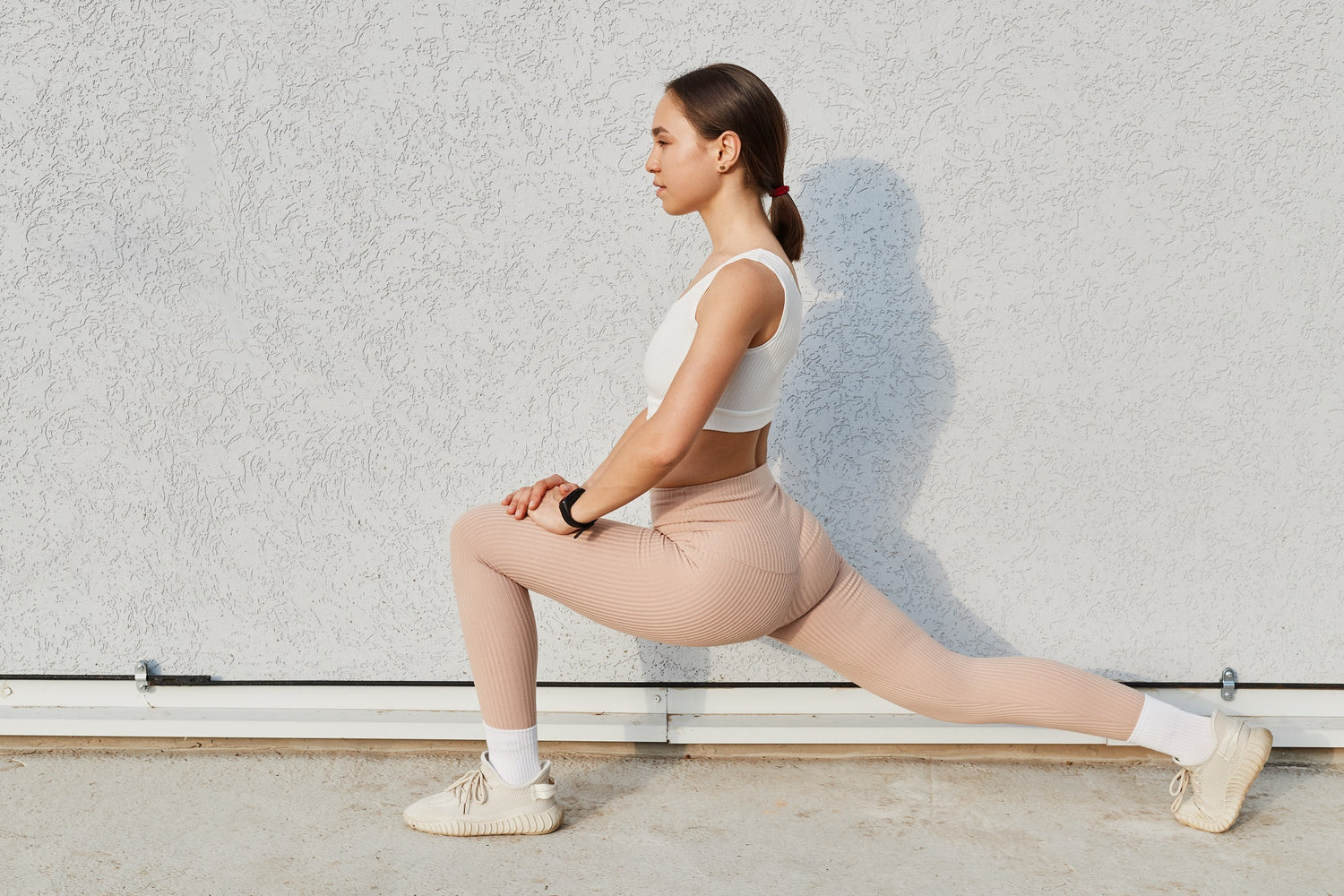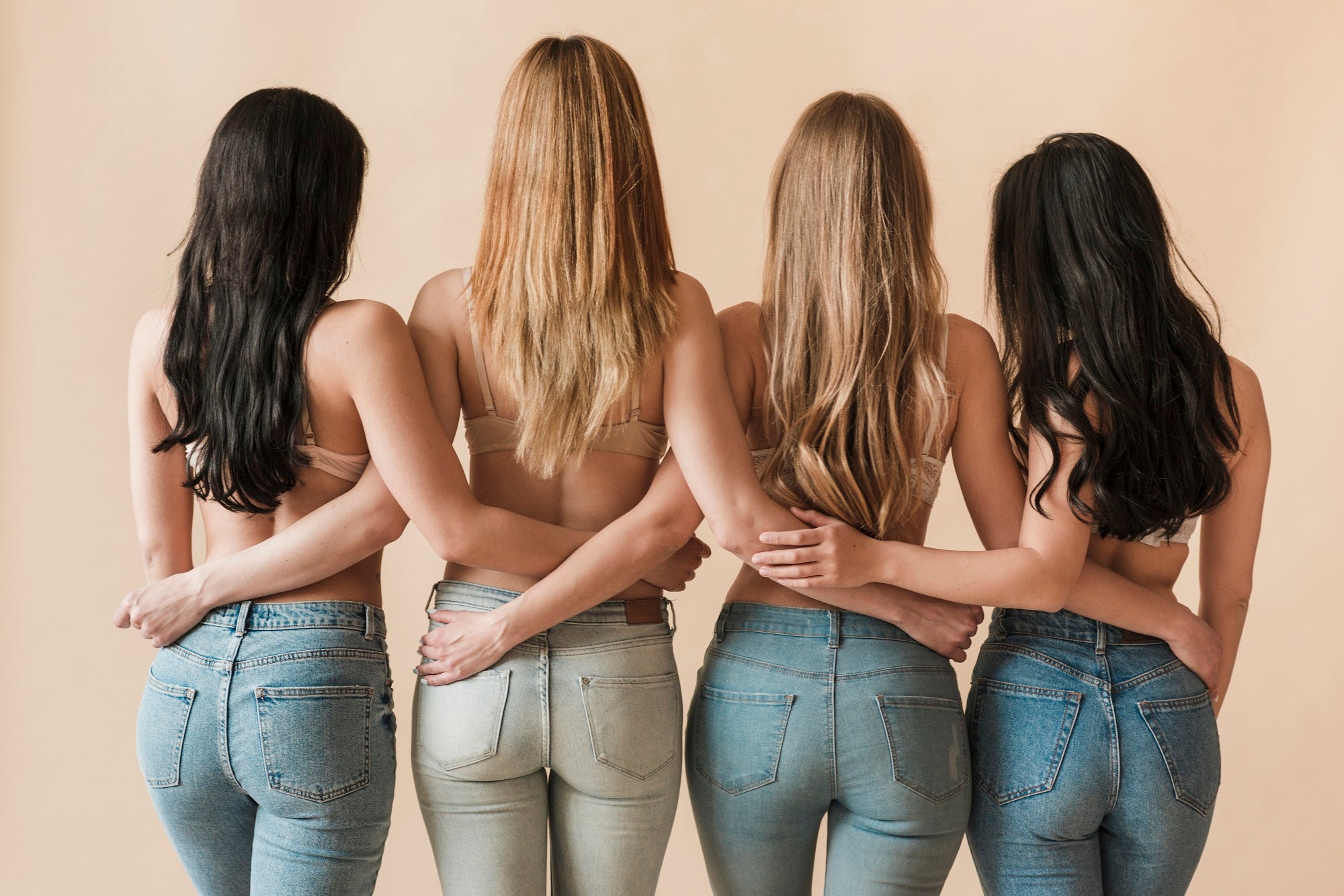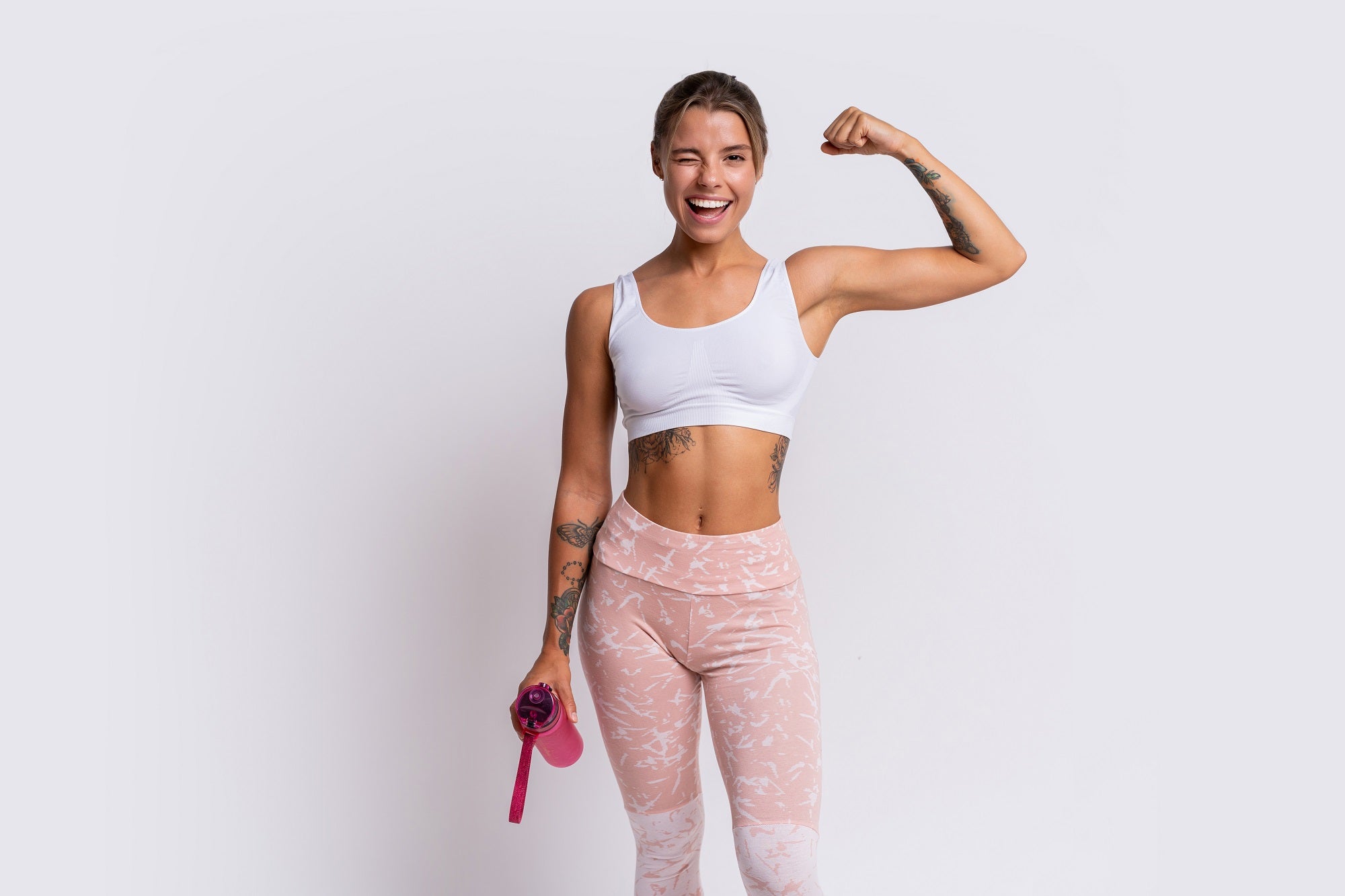If it’s your first time delving into shapewear or compression garments, welcome! We’re confident you’re going to fall in love with these innovative pieces of fashion technology.
We know, from working with a wide size range of real women bodies, that choosing the perfect size can be overwhelming. After all, shaper pieces don’t exactly follow regular sizing rules for regular undergarments.
Don’t worry.
The secret to getting the perfect fit is all in the numbers. You'll know your best size recommendation right away, based on a wide variety of factors. If you’ve never tried measuring parts of your body with some good old measuring tape, now’s the time to practice!
We’ve put together a comprehensive step-by-step guide to finding your measurements – and size – for all shapewear styles.
Camisole Shaper or Full Body Shaper
You’ll generally need to measure your bust for this. Most bodysuits and camisole sizes are dependent on your chest measurement.
Step 1. Take a measuring tape and wrap it around the fullest part of your chest. Make sure to keep the tape straight across i.e.; it’s not slanting up or dipping down. We recommend wearing an unpadded bra for this measurement (assuming your bra is also the right size for you).
Step 2. Wrap the tape measure snugly around your ribcage (still wearing your unpadded bra) and take note of the number. If it’s an odd number or contains a decimal, round up to the next whole number.
Step 3. Match your measurements against our sizing chart.

Shaper Bra or Body Shaper with Built-in Bra
For shapewear with built-in bras, you’ll need your bra size. You might already have a preferred bra size, but it’s best to get the numbers down-pat for a more accurate fit.
Step 1. Wear an unpadded bra that fits you, and wrap the tape measure around your ribcage for a snug measurement. If it’s an odd number or contains a decimal, round up to the next whole number. This is your band size.
Step 2. Still wearing your unpadded bra, take a loose measurement of your breast size by wrapping the tape around the fullest part of your chest. Round up any decimals (i.e., 32.3.= 33, 24.6 = 25, etc.). This is your bust size.
Step 3. Subtract your band size from your bust size. The difference correlates to your cup size. You should be able to find a standard bra cup size chart online, but here are a few examples of cup sizes based on the band-to-bust difference:
- Less than 1” – AA
- 1” – A
- 2” – B
- 3” – C
Important Note: remember that U.S. brands size different from UK and European brands, so take that into consideration when finding your cup size.
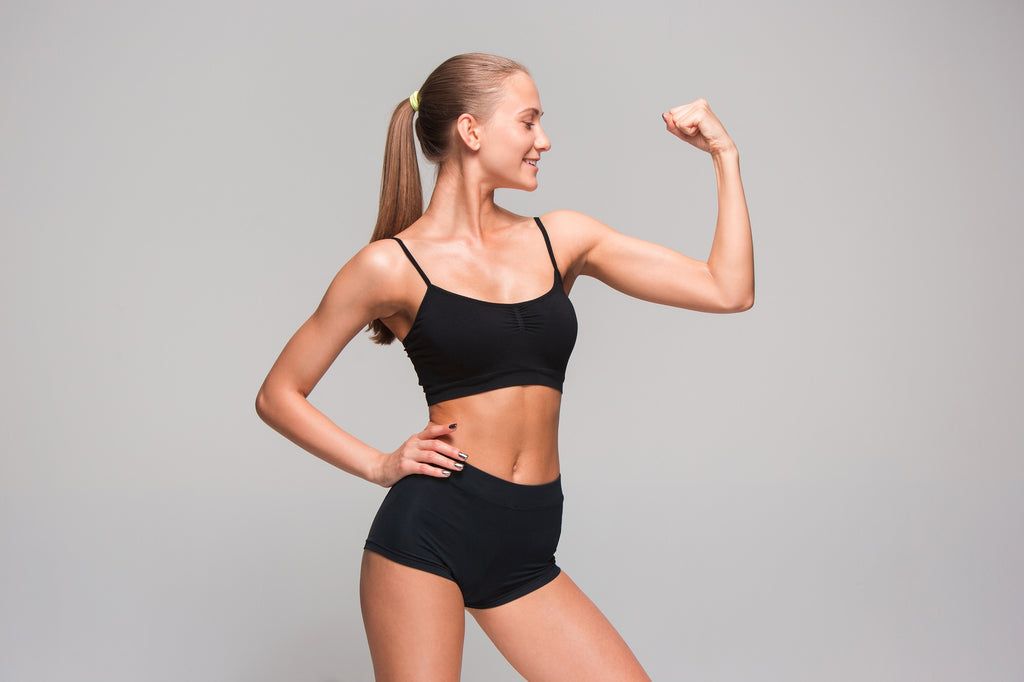
Belly Bands or Waist Cinchers
Style References: NeoSweat® Abdominal Binder Lower Waist Support Belt

For pieces that target your core, you’ll need to measure your natural waistline. This has nothing to do with where you wear your pants or where the top of your underwear hits. The natural waistline is typically the narrowest part of the waist—usually an inch or two above the belly button. It’s the deepest point where your waist dips in.
Step 1. Wrap a tape measure around your natural waistline, making sure that you’re not pulling too tightly or holding it too loosely. The tape should just rest on your skin.
Step 2. Take note of the numbers and refer to the sizing chart provided by us. If, by any chance, your finished measurement doesn't find its match - we'll help you figure it out.
Important Note: If you're in between sizes, we recommend rounding up or sizing up for a comfortable fit.
Shaper Shorts, Shaper Panties, or Butt Lifters
For pieces that focus on your lower abdomen, butt, and upper- to mid-thighs, you’ll need to measure your natural waistline, lower waistline, and hips. It’s a lot, but don’t stress; each part is actually quite simple. After getting down the art of your body measurements, it will all be a breeze from there on, any time you'd need it. We may all experience some changes in our body weight, so knowing how to get the right fit with the right measurements, will be a secret skill you won't regret taking some time to master.
Step 1. Measure your natural waistline by wrapping a tape measure around the narrowest part of your waist—usually 1” to 2” above your belly button. Do not pull the tape too tightly nor hold it too loosely.
Step 2. Your lower waist or waistline sits about an inch below your bellow button. As with the natural waistline, make sure you’re not pulling the tape too tightly or holding it too loosely. Wrap the tape around that area and let it rest against your skin rather than dig in or hang taut.
Step 3. To measure your waist, stand with your feet together and find the fullest or largest part of your hips. For many people, this will probably fall around the tops of your buttocks. Wrap a tape measure around that area, keeping it as straight as possible. Don’t dig in, either; you’re going for a comfortable fit rather than a snug one. This can be pretty difficult to achieve given the roundedness of this specific area, so try using a mirror to help guide the placement.
Shapers with Chest Cut-Outs
For pieces like these, you can pair them with your own bra. But it’s still best to base the size you choose off of your actual bra size. For reference, check the section on choosing Shaper Bras and Body Shapers with Built-in Bras.

Bonus Sizing Tips
- Some full-body shapers may need your hip measurement as well. When in doubt, reach out to a Shapellx representative.
- Always size up rather than down. A smaller shapewear size won’t make you look slimmer or sleeker. In fact, it may cut into your flesh, causing unflattering bulges and rolls.
- If you want to flatten your tummy with the help of shaper shorts or panties, always opt for high-waisted options (these will use your natural waistline measurements rather than your lower waistline measurements).
- Always do a “sit test” with your chosen shaper. If it bunches too much, causes unnatural lumps, or feels too tight and uncomfortable, you may need to swap it for a different size.
Remember, shapewear pieces aren’t like blouses, dresses, or trousers. You can’t stretch them out or force yourself into them (as we all have done the skinny jeans wiggle dance). Too-tight shapewear can cause mild to major discomfort and, in extreme cases, minor health issues.
Shaper garments that are too loose, on the other hand, won’t flatten, smooth, or tighten your silhouette the way they’re supposed to. To let them do their job, give them a helping hand, by knowing your correct size.
Get the most out of your shapewear by being as accurate as possible with your measurements and sizes - and you'll see why everyone is so excited about its shaping, smoothing.







